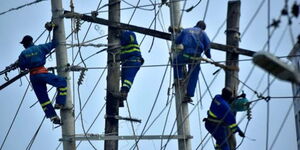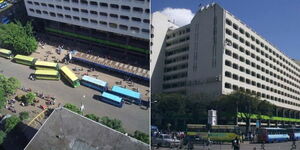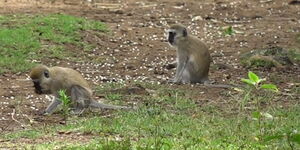The Central Bank of Kenya (CBK) has flagged rising risks in the country’s financial sector, pointing to surging loan defaults among households and growing vulnerabilities within the SACCO movement.
According to the 2024 FinAccess Household Survey cited in the report, the proportion of borrowers in default rose sharply to 16.6 per cent in 2024, compared with 10.7 per cent in 2021. The report noted that this increase reflects worsening repayment capacity among households, raising the likelihood of more Kenyans being negatively listed with Credit Reference Bureaux (CRBs).
The Hustler Fund emerged as the most defaulted loan product, with 50.9 per cent of rural borrowers and 62.2 per cent of urban borrowers failing to repay. The report observed that many beneficiaries perceive the facility as government money that does not require repayment, undermining repayment discipline.
Beyond the Hustler Fund, defaults were also higher among digital loans and informal credit channels. The report warns that rising indebtedness and poor financial literacy could worsen household vulnerabilities, limit access to formal credit, and entrench financial exclusion.
At the institutional level, CBK projects that non-performing loans (NPLs) could worsen in the coming months. By April 2025, NPLs stood at 17.6 per cent and, under a severe scenario, could climb to 21.2 per cent by December 2025, signalling heightened credit risks for lenders.
SACCOs State
In the SACCO sector, the report pointed to steady growth in assets, loans, and deposits, but also highlighted mounting risks.
Total assets in the SACCOs grew by 10.1 per cent to KSh1.08 trillion in 2024, while gross loans expanded by 11 per cent. Member deposits also rose by 10.7 per cent, providing a stable funding base for SACCO lending.
Despite this growth, non-performing loans in deposit-taking SACCOs rose by 19.7 per cent to KSh53.1 billion, while provisions for loan losses increased by 26.6 per cent to KSh55.5 billion. The CBK warned that the rising trend of bad loans threatens SACCOs’ stability if not managed effectively.
The report also revealed that mismanagement in secondary SACCOs, particularly the Kenya Union of Savings and Credit Cooperatives (KUSCCO), inflicted heavy losses. Saccos lost deposits and investments amounting to Ksh13.8 billion, translating to 7.3 per cent of their core capital.
Government Response
The Sacco Societies Regulatory Authority (SASRA) has since directed SACCOs to recognise impairment losses tied to KUSCCO deposits earlier, to avoid overstating their financial position. Regulators stressed the need for transparency, stronger governance, and timely reporting to prevent contagion risks.
Looking ahead, the sector is expected to be cushioned by the operationalisation of Sacco Central, which will provide liquidity support, shared technology platforms, and payment solutions.
However, the CBK cautions that, without reforms to curb defaults and strengthen oversight, both household borrowers and SACCOs face heightened risks that could destabilise financial stability.












